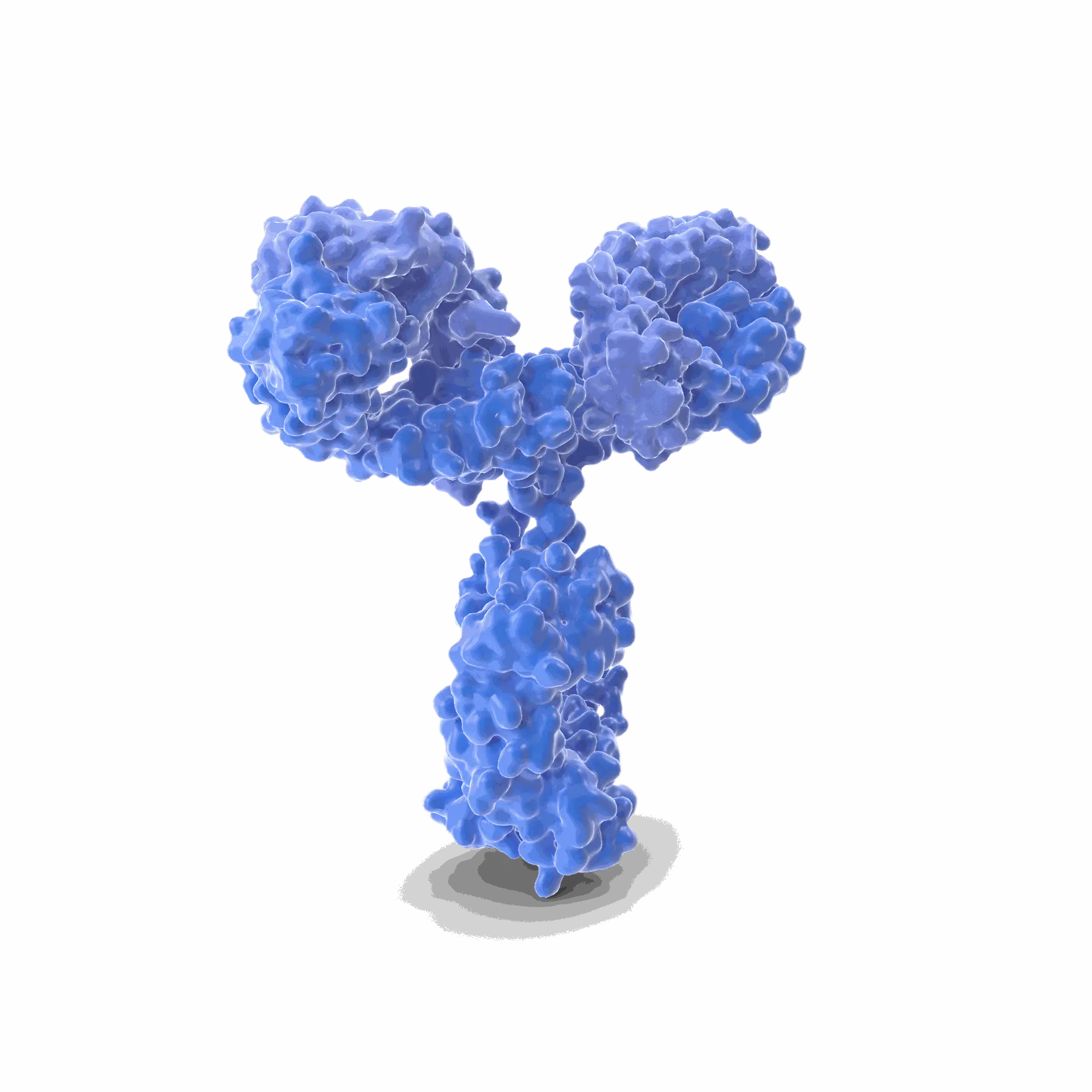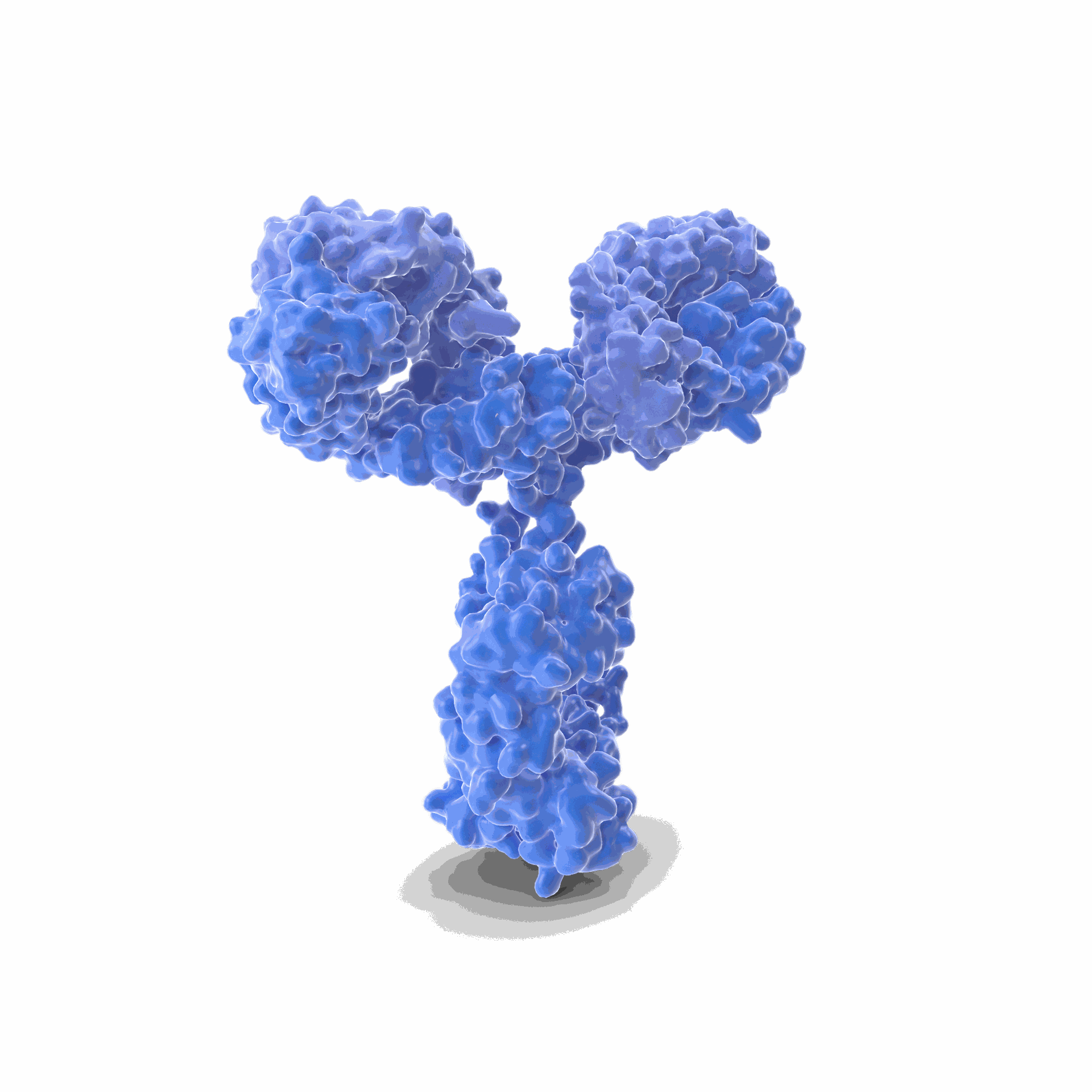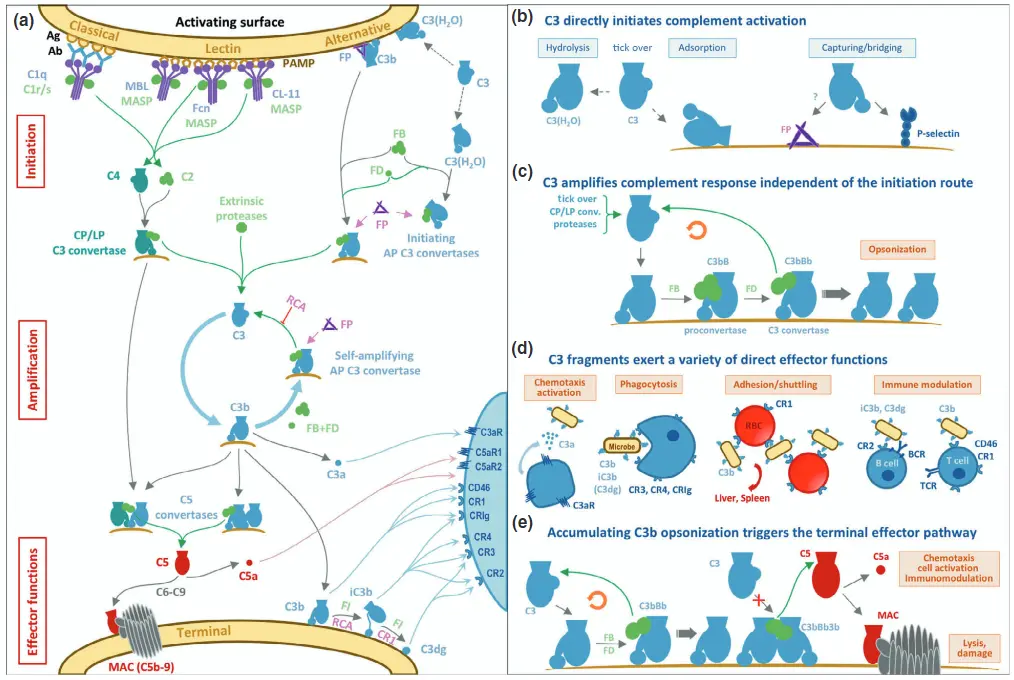Effector-Independent Functions of Antibodies
Antibodies can exert effects on organisms even in the absence of effector cells or effector molecules like complement. These effects are typically observed in vitro, most commonly as the neutralization of an organism’s infectivity. In this context, neutralization refers to the antibody’s ability to independently block infection of target cells or, for certain extracellular pathogens, to interfere with an early step in pathogenesis. Notably, neutralization can occur through various mechanisms. Additionally, it is important to recognize that antibodies may contribute to infection prevention or clearance through functions beyond neutralization, even when they demonstrate neutralizing activity in vitro.

Neutralization of Pathogen
Antibodies bind directly to viruses, bacteria, or toxins and prevent them from entering or infecting host cells.

Prevention of Pathogen Adherence
Antibodies can bind to microbial surface proteins and block adhesion to epithelial or mucosal surfaces, preventing colonization or invasion.

Inhibition of Microbial Motility
Some antibodies can interfere with the flagella or pili of bacteria, reducing motility and hindering the organism’s ability to reach target tissues.

Aggregation (Immune Exclusion)
Antibodies, especially secretory IgA in mucosal surfaces, can cross-link multiple pathogens together.
This agglutination or aggregation prevents their access to host cells and enhances their clearance by physical means

Receptor Bloc-kade
Antibodies can bind host cell receptors and prevent pathogen interaction or toxin binding.
Example: Anti-CD4 antibodies blocking HIV entry into T cells.

Enzymatic Inhibition
Antibodies may bind directly to enzymes produced by pathogens and inhibit their activity (e.g., proteases or neuraminidases).

Interference with Intracellular Processes (in special cases)
Some antibodies can be internalized into cells along with the pathogen and may interfere with intracellular stages of replication or uncoating—though this is less common.

Immune Modulation
Certain antibodies may act as regulators by altering signaling pathways or immune responses through direct binding without recruiting immune cells.
Inhibition of later steps
Antibodies can bind to newly formed viruses and prevent their release from infected cells. This effect has been observed with antibodies targeting the neuraminidase of influenza A virus. Additionally, antibodies against the M2 protein of influenza A are thought to reduce the efficiency of virus budding. Similarly, a monoclonal antibody (mAb) targeting the E1 glycoprotein of rubella virus has been shown to delay viral release, possibly by interfering with virion assembly.
Antibody functions dependent
on complement
Antibodies can mediate immune functions through the activation of the complement system, a key part of the innate immune response. The complement system consists of a cascade of plasma proteins that, once activated, enhance the ability of antibodies and phagocytic cells to clear pathogens. This interaction is referred to as complement-dependent antibody effector functions.

Complement Activation by Antibodies
When antibodies (primarily IgM and IgG1, IgG3 in humans) bind to antigens on the surface of pathogens, the C1 complex (C1q, C1r, C1s) recognizes and binds to the Fc region of these antibodies. This triggers the classical pathway of complement activation.

Key Complement-Dependent Functions Mediated by Antibodies
Antibody-coated pathogens or infected cells activate complement, leading to the formation of the membrane attack complex (MAC) (C5b-C9).
MAC forms pores in the membrane of target cells, resulting in cell lysis.
Important in clearing virus-infected cells and tumor cells.
Opsonization and Enhanced Phagocytosis
Complement activation leads to the deposition of C3b on the surface of pathogens.
C3b acts as an opsonin, promoting recognition by complement receptors (e.g., CR1, CR3) on phagocytes (macrophages, neutrophils).
This enhances phagocytosis and pathogen clearance.
Complement fragments like C3a, C4a, and C5a (called anaphylatoxins) are released during activation.
These promote:
- Mast cell degranulation (histamine release),
- Chemotaxis of immune cells,
- Vascular permeability, aiding the immune response.
Antibodies can form immune complexes with soluble antigens.
Complement components (e.g., C3b) bind to these complexes, which are then removed from circulation by erythrocyte complement receptors (CR1) and cleared in the liver and spleen.
Antybody functions dependent on Fc-Fc receptor interactions
Antibodies exert various effector functions through their Fc (fragment crystallizable) region by engaging Fc receptors (FcRs) found on immune cells. This interaction serves as a crucial link between the adaptive and innate immune systems, allowing antibodies to guide immune cells in targeting pathogens, infected cells, or cancerous cells.
Fc Receptors (FcRs): Types and Expression
Fc receptors are proteins expressed on immune cells that bind to the Fc region of antibodies. They are isotype-specific, meaning different FcRs recognize different classes of antibodies (e.g., IgG, IgA, IgE).
FcεRI – binds IgE
Found on: mast cells, basophils
Triggers allergic responses
Found on: neutrophils, monocytes
Fcγ Receptors (FcγRs) – bind IgG
Found on: macrophages, neutrophils, NK cells, dendritic cells
Types:
- Activating receptors: FcγRI (CD64), FcγRIIa (CD32a), FcγRIIIa (CD16a)
- Inhibitory receptor: FcγRIIb (CD32b)

Major Fc–FcR mediated antibody functions

Antibody-Dependent Cellular Cytotoxicity (ADCC)
- Mechanism:
Antibodies bind to antigens on infected or malignant cells → Fc regions engage FcγRIIIa on NK cells → NK cells release perforin and granzymes → target cell death. - Important in viral infections, cancer immunotherapy (e.g., Rituximab, Trastuzumab).
-
Release of Inflammatory Mediators
FcεRI–IgE complexes on mast cells/basophils trigger histamine and cytokine release upon allergen binding → contributes to type I hypersensitivity (e.g., allergies, asthma).
Antibody-Dependent Cellular Phagocytosis (ADCP)
- Mechanism:
Antibodies coat pathogens → Fc regions bind FcγRI/II on macrophages, neutrophils → triggers phagocytosis → degradation of pathogens. - Key in bacterial and fungal clearance.
-
Antigen Presentation and Immune Modulation
Fc–FcR interaction helps internalize antigen-antibody complexes into dendritic cells or macrophages, enhancing:
- Antigen processing
- MHC presentation to T cells
- Cytokine secretion, influencing the immune environment
